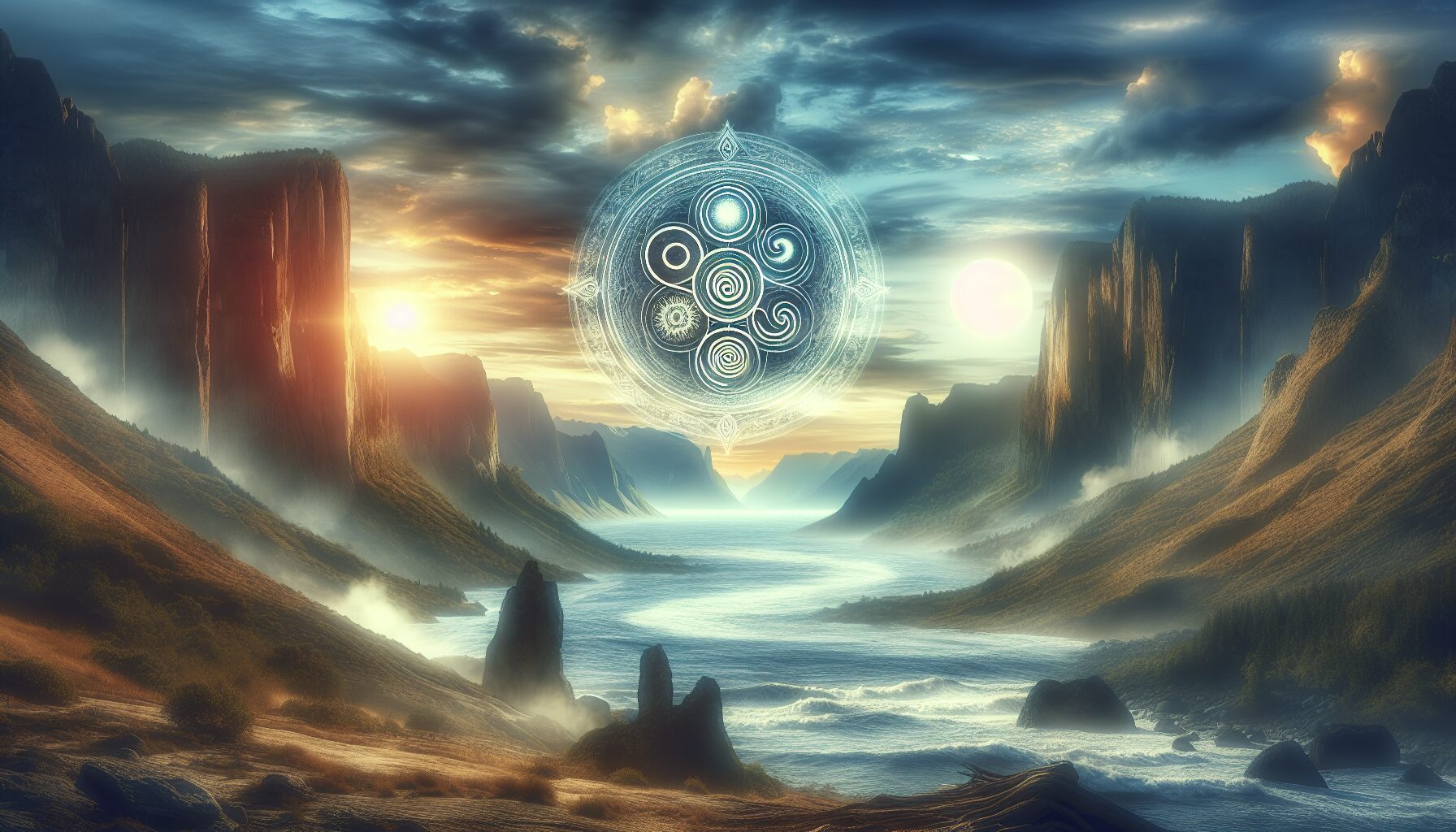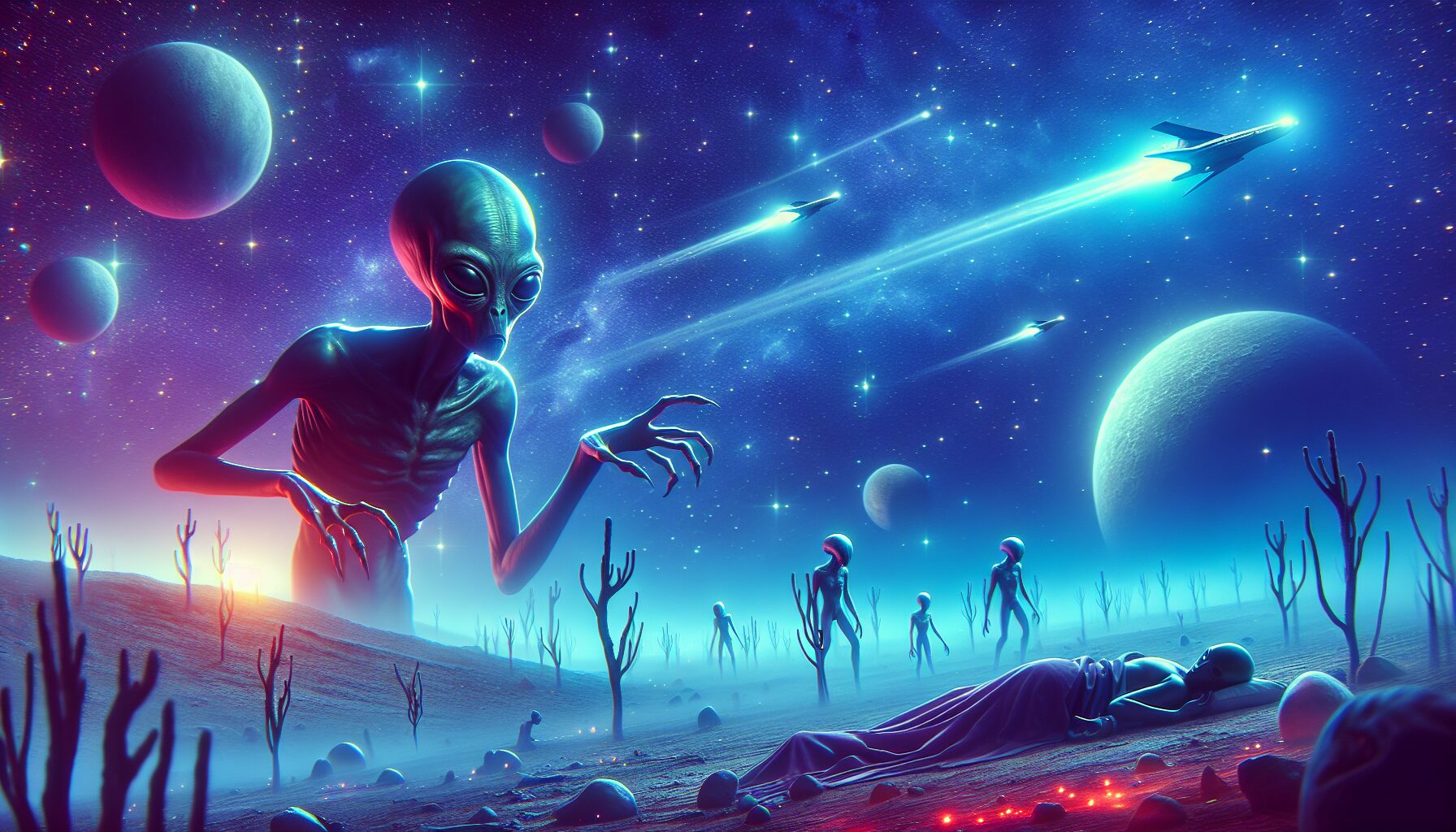Mythic Mirrors: Archetypes in Human Reflection
From the dawn of civilization, humans have been fascinated by stories. These narratives, often rich with characters and motifs, serve not only to entertain but also to mirror our innermost beliefs and fears. Among these motifs, archetypes play a crucial role. Carl Jung, the Swiss psychiatrist and psychoanalyst, introduced the concept of archetypes as recurring symbols or motifs in literature, art, and mythology that are derived from the collective unconscious.
“Archetypes are, by definition, factors and motifs that arrange the psychic elements into certain images, characterized more precisely as archetypes.”
– Carl Jung
Through analysis, we recognize that these mythic mirrors reflect not only cultural values but universal truths about the human experience. This article explores some of these archetypes, delving into their roles in shaping narratives and their significance in human reflection.
The Hero
Arguably the most recognizable archetype, the Hero embodies courage, strength, and the ability to overcome great odds. From Hercules to modern-day icons like Superman, the Hero is a pervasive figure across cultures and ages. Joseph Campbell, in his seminal work “The Hero with a Thousand Faces”, describes the Hero’s journey as a monomyth shared globally, emphasizing the transformation of a humble individual into a savior through trials and tribulations.
- Classical Examples: Odysseus, King Arthur
- Modern Icons: Katniss Everdeen, Harry Potter
These figures resonate with audiences because they symbolize the potential for greatness within all of us, encouraging us to face our own challenges with bravery and resilience.
The Shadow
Where there is light, there must also be dark. The Shadow archetype represents the hidden, repressed parts of the human psyche, encompassing undesirable traits and ideas crushed by societal norms. The Shadow appears in myriad forms: the monster under the bed, the villain in the narrative, and even within ourselves.
- Notable Examples: Darth Vader, Mr. Hyde
- Historical Parallels: Richard III, Macbeth
Jung suggested that understanding and integrating the Shadow is vital for personal growth. By acknowledging our darker sides, we achieve a harmonious balance in our psyche, leading to a more authentic life.
The Wise Old Man
Regarded as the archetype providing knowledge and guidance, the Wise Old Man often appears as a mentor or spiritual guide assisting heroes on their journeys. This figure exudes wisdom gained from years of experience, often dispensing cryptic yet profound advice.
- Classic Mentors: Merlin, Gandalf
- Modern Mentors: Dumbledore, Yoda
Such characters embody the ideal of wisdom and contemplation, illustrating a path toward enlightenment and understanding. They remind us of the value of knowledge and the importance of seeking counsel in times of uncertainty.
The Anima and Animus
Exploring the Anima and Animus archetypes, Jung emphasizes the importance of the inner feminine side of a man and the inner masculine side of a woman, respectively. These delineations embody the complementary nature of gendered aspects of the unconscious.
Accepting and integrating these dualities enriches personal relationships and enhances self-awareness. The goal is to transcend gender binaries, encouraging emotional equilibrium and mutual understanding.
- Culture References: Disney’s Mulan, Taming of the Shrew
By examining and embracing these dualities, individuals learn to harmonize their own identities and connect with others on a deeper level, fostering empathy and unity.
Conclusion
Archetypes, these mythic mirrors, reflect the essential truths of our existence. They help us understand ourselves better by serving as guides in the complex narrative of life. In each retelling, they affirm the enduring human spirit and our shared journey. The study of archetypes offers a window into our collective psyche, emphasizing that beneath our diverse stories, we are part of a shared human tapestry.
As we continue to explore the power of archetypes, we draw inspiration and guidance from these timeless figures, shaping our futures while honoring our pasts. The dance between individual experience and collective heritage remains an ode to human resilience and creativity, ensuring that these ancient mirrors will continue to resonate in the stories of tomorrow.
For more on Carl Jung’s thoughts on archetypes and the collective unconscious, visit the C.G. Jung Center.


